I am really pleased to have recently been awarded funding from the BU Fusion Investment Fund (Co-Creation and Co-Production – CCCP – Strand) for a joint one-year psychology and psychiatry research project into the role of counterfactual thinking in depression. The project, which starts on 1 December, is a collaboration with Dr Paul Walters who’s a Consultant Psychiatrist for Dorset HealthCare University NHS Foundation Trust (DHUFT) at Weymouth. The project will involve two students from the Psychology Framework’s Foundations in Clinical Psychology Master’s course, with these students assessing the counterfactual thoughts of patients with depression in the care of DHUFT at Weymouth.
Counterfactual thinking concerns thinking about how our past could have been different. It is closely tied-up with the emotion of regret but can help people prepare to deal more effectively with similar situations in the future. For example, a student who fails an exam might think that their mark would have been better if they’d spent the night before the exam revising rather than socialising and as such ensure that they don’t socialise the night before subsequent exams.
Counterfactual thinking has been the subject of considerable research in psychology, with a number of factors that influence how people feel about their past as a result of mentally ‘undoing’ the past being identified. For example, it has been shown that people experience more regret when their counterfactual thoughts focus on things they did rather than didn’t do. However, despite such important findings, counterfactual thinking research has yet to focus on people experiencing an emotional/mental health disorder such as depression. This is quite surprising given that thinking about how one has behaved in the past is an important part of the cognitive behavioural therapies used to treat depression.
The project aims to begin to fill this gap in our knowledge by understanding the way in which patients with depression mentally ‘undo’ previous situations such as interpersonal relationship problems. Paul Walters and I hope that the project’s findings will serve two purposes. Firstly, determine whether the factors that have been shown to influence counterfactual thinking among non-clinical populations (e.g., controllability) are evident in patients with depression. Secondly, inform the cognitive behavioural therapies that psychiatrists and clinical psychologists administer for depression through the integration of the factors that will be identified from the project as influencing counterfactual thinking among patients with depression.
Given the potentially-important therapeutic benefits of the project’s findings, the project is well-placed to provide a sound springboard for sizeable future bids to research funding bodies (e.g., National Institute of Health Research), and the first such bid will be submitted once the results of the project are known. Paul Walters and I plan to submit subsequent funding bids to ensure the project’s research is not only sustainable but also reaches its objectives over a longer period than the one-year duration of the project.
I would strongly encourage anyone within BU who has a research project idea that could actively involve students and engage with external stakeholders in the local community (e.g., DHUFT) to apply for Fusion Investment funding, as it’s a great means of kick-starting an important and beneficial programme of research. If you’re thinking of applying for Fusion funding, my advice is to make sure you precisely and clearly emphasise the benefits of your project for students, BU and the wider community (academic and non-academic) in your application.
Dr Kevin Thomas, Senior Lecturer in Psychology, DEC School

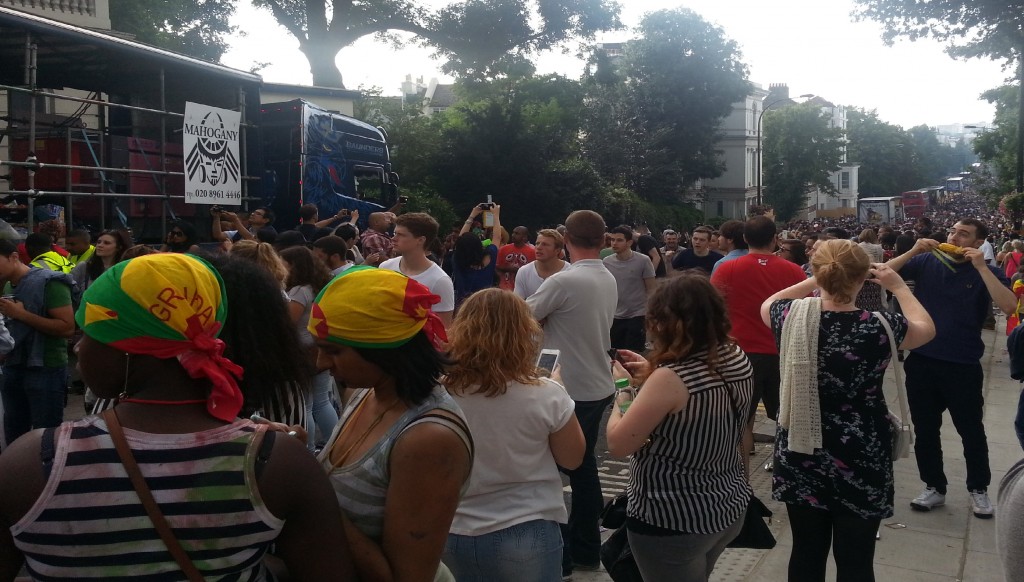
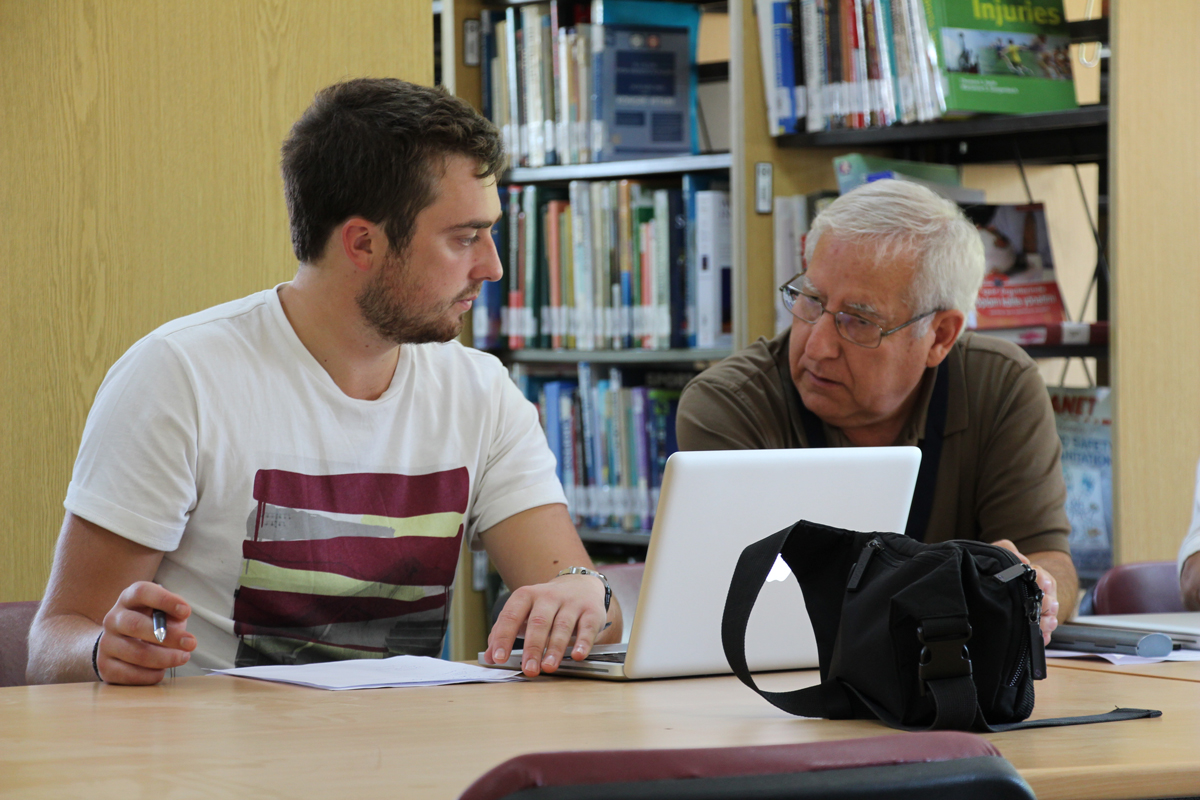
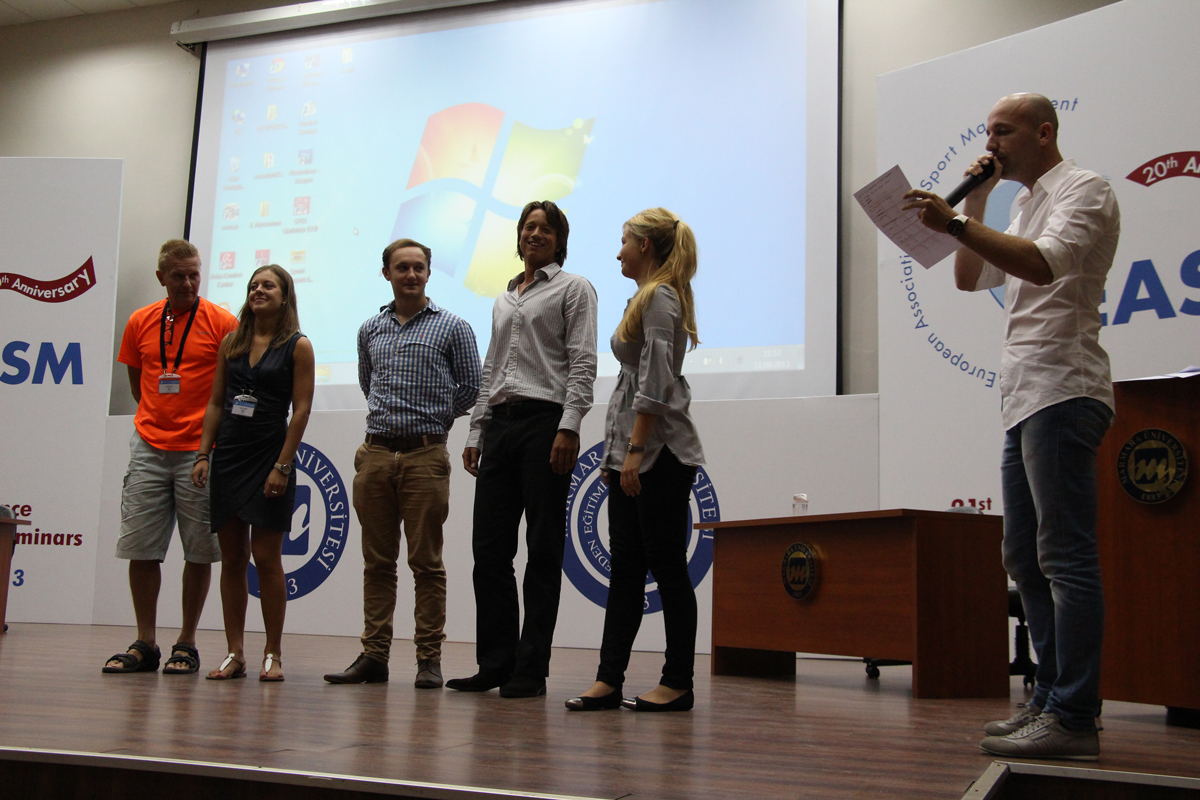
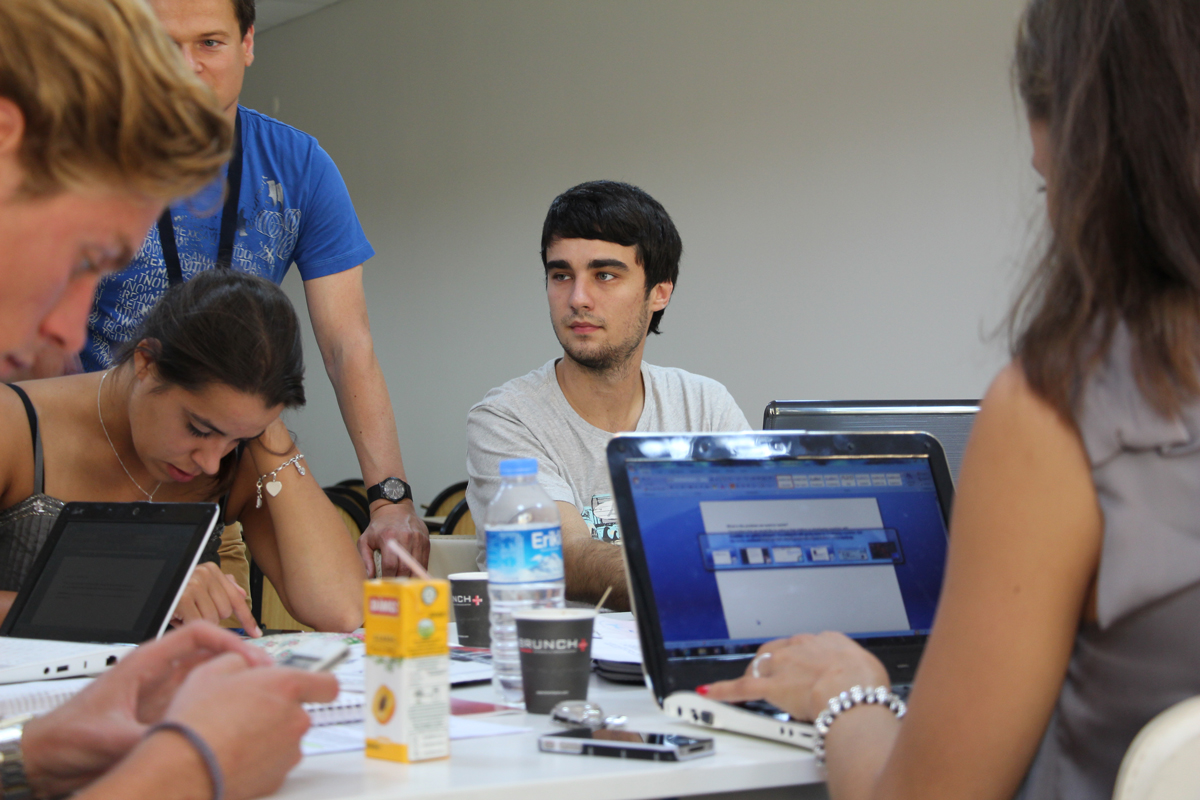
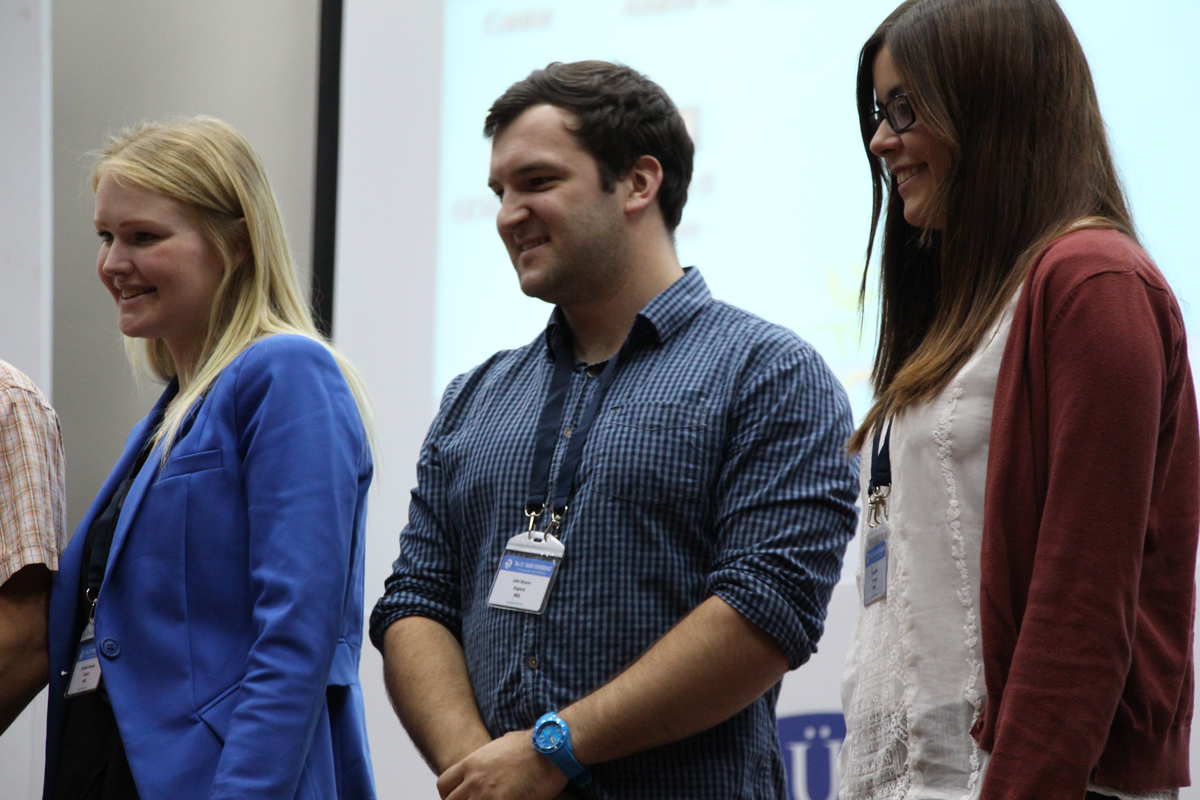
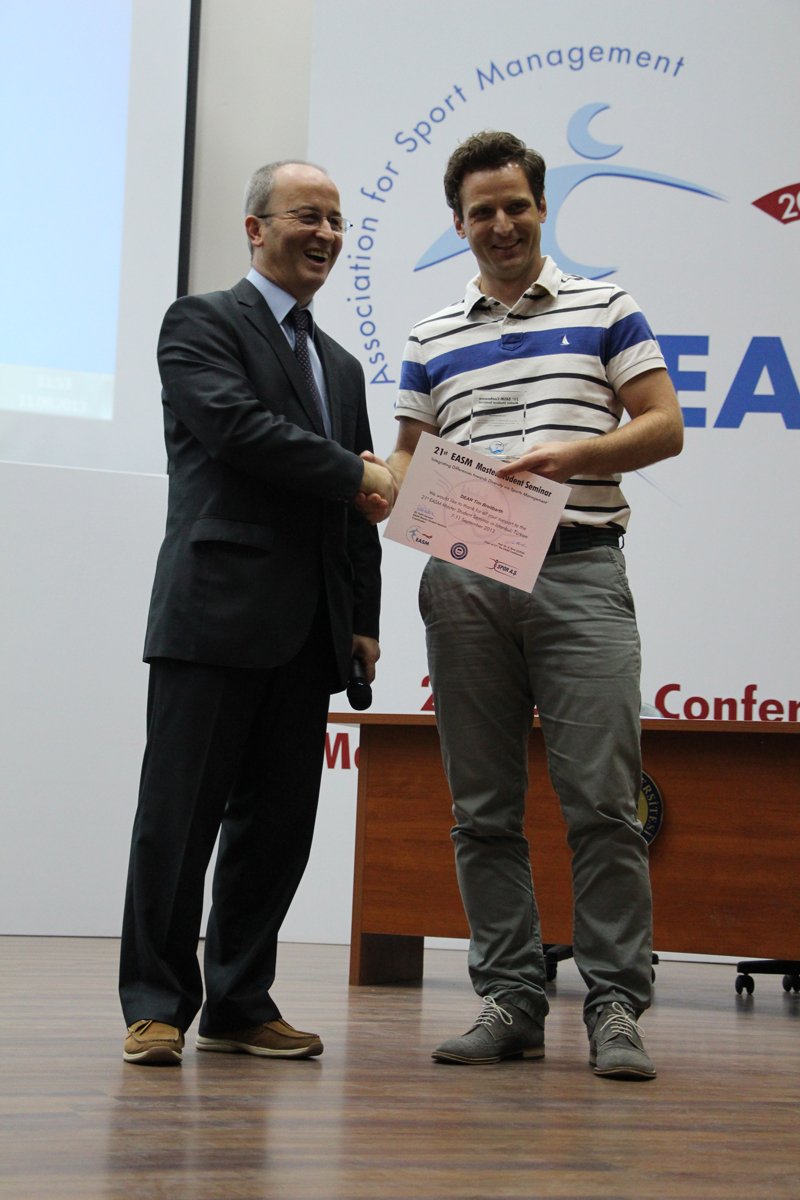
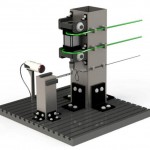










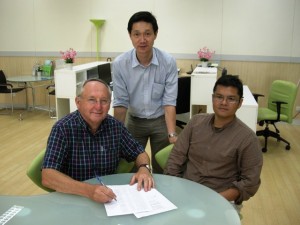
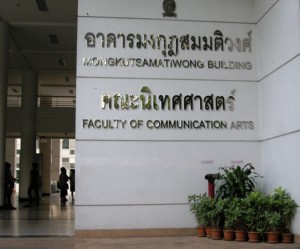
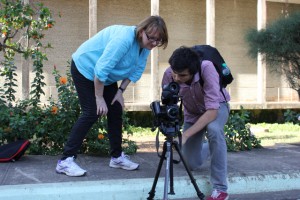
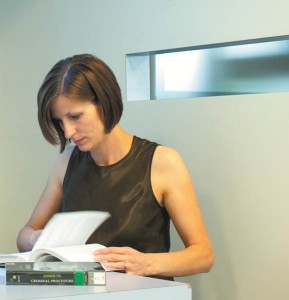
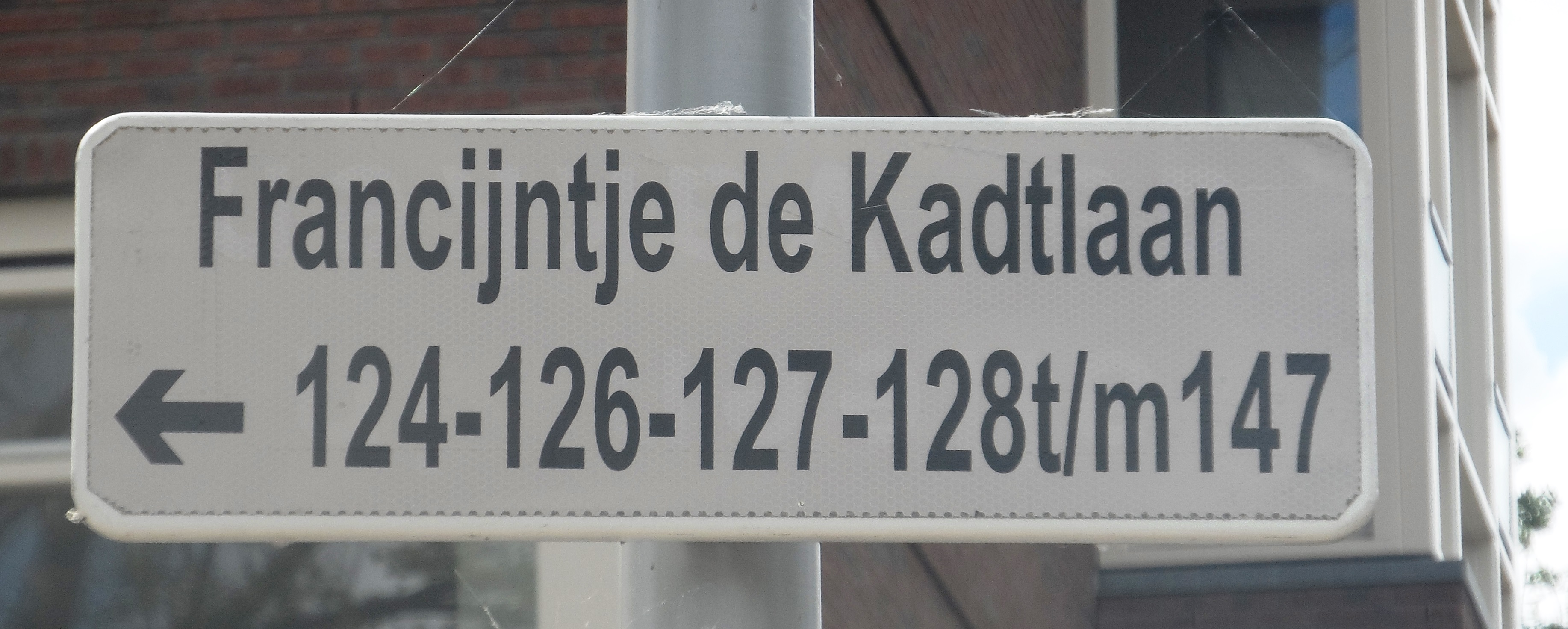
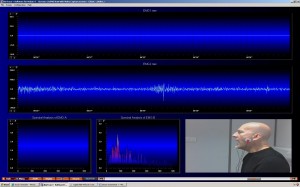
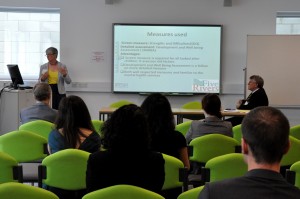












 Dr. Chloe Casey on Sky News
Dr. Chloe Casey on Sky News Final Bournemouth University publication of 2025
Final Bournemouth University publication of 2025 On Christmas Day in the Morning…
On Christmas Day in the Morning… New Nepal scoping review on maternal & neonatal health
New Nepal scoping review on maternal & neonatal health ECR Funding Open Call: Research Culture & Community Grant – Application Deadline Friday 12 December
ECR Funding Open Call: Research Culture & Community Grant – Application Deadline Friday 12 December MSCA Postdoctoral Fellowships 2025 Call
MSCA Postdoctoral Fellowships 2025 Call ERC Advanced Grant 2025 Webinar
ERC Advanced Grant 2025 Webinar Horizon Europe Work Programme 2025 Published
Horizon Europe Work Programme 2025 Published Horizon Europe 2025 Work Programme pre-Published
Horizon Europe 2025 Work Programme pre-Published Update on UKRO services
Update on UKRO services European research project exploring use of ‘virtual twins’ to better manage metabolic associated fatty liver disease
European research project exploring use of ‘virtual twins’ to better manage metabolic associated fatty liver disease